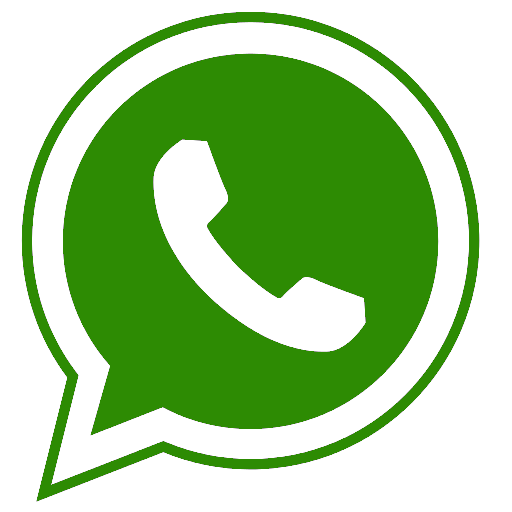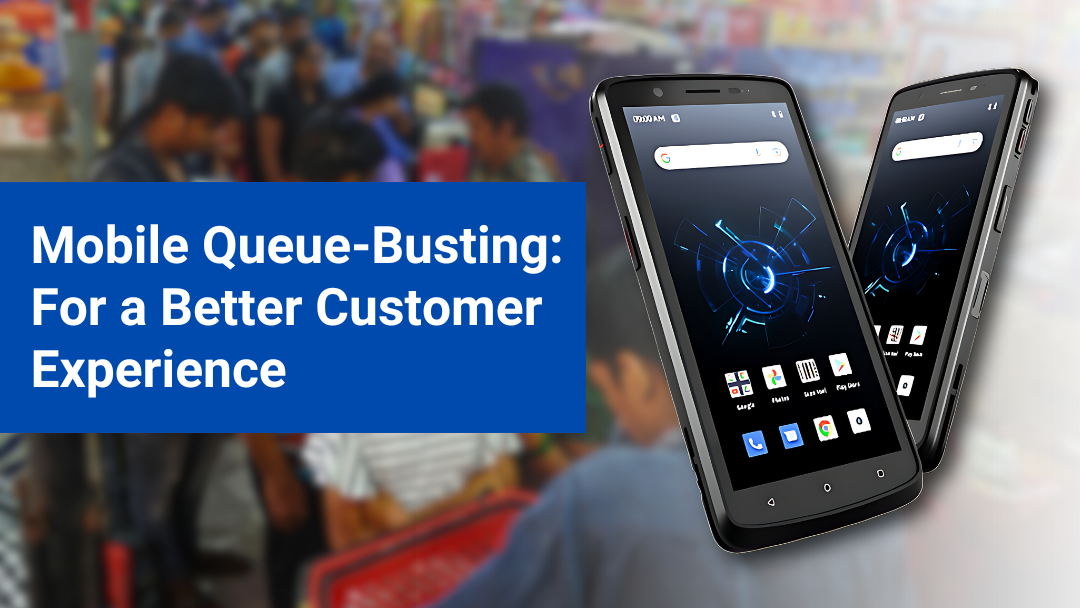Mobile Queue-Busting : For a Better Customer Experience
What is queue busting?
Queue busting refers to the process of reducing or eliminating long waiting lines (queues) to improve customer experience and service efficiency. This involves various strategies and technologies aimed at speeding up service delivery, managing customer flow, and minimizing wait times. The goal of queue busting is to enhance customer satisfaction, increase operational efficiency, and ensure a smoother and more pleasant experience for both customers and staff.
What is mobile queue busting?
Mobile queue busting specifically refers to using mobile technology to reduce or eliminate long waiting lines, thereby enhancing customer experience and service efficiency. It involves various applications and tools on mobile devices that streamline and accelerate processes traditionally associated with waiting in line.
Here are the primary components of mobile queue busting:
1) Mobile Check-In and Virtual Queues
- Pre-Registration: Customers can check in for appointments or services through a mobile app before arriving, reducing the need to wait upon arrival.
- Virtual Queues: Customers can join a queue virtually via a mobile app, receiving updates on their position in line and estimated wait times.
2) Mobile Payments and Ordering
- Contactless Payments: Mobile payment options (e.g., Apple Pay, Google Wallet) facilitate quick, contactless transactions.
- In-App Ordering: Customers can place and pay for orders via mobile apps before arriving at a location, minimizing time spent waiting in line.
3) Mobile Notifications and Updates
- Real-Time Notifications: Apps can send push notifications to customers about their queue status, letting them know when it’s their turn or their order is ready.
- Status Updates: Continuous updates about queue progress help manage customer expectations and reduce perceived wait times.
4) Mobile Self-Service Kiosks
- Interactive Kiosks: Mobile-integrated kiosks allow customers to handle check-in, ordering, and payments without direct staff interaction.
5) Staff Mobile Tools
- Mobile Point of Sale (mPOS): Staff can use mobile devices to assist customers and process transactions throughout the service area, reducing congestion at fixed points.
- Queue Management: Staff can manage and update the queue system in real-time using mobile devices, ensuring efficient flow and service.
How mobile is helping in queue busting?
Mobile technology plays a significant role in queue busting by streamlining and accelerating various processes that traditionally cause long wait times. Here are several ways mobile technology helps in queue busting:
1) Mobile Check-In and Booking
- Pre-Registration: Customers can use mobile apps to pre-register for services or appointments, reducing the time spent at the physical location.
- Virtual Queues: Mobile apps can allow customers to join a virtual queue, providing real-time updates on their waiting status and estimated wait time.
2) Mobile Payments
- Contactless Payments: Mobile payment options like Apple Pay, Google Wallet, and other contactless payment methods speed up transactions.
- In-App Payments: Customers can pay for services or products through mobile apps before arriving, reducing checkout times.
3) Mobile Ordering
- Pre-Order and Pre-Pay: Restaurants and retail stores can offer mobile ordering, allowing customers to place and pay for their orders before arrival. This reduces the time spent in queues at counters.
- Delivery and Pickup Notifications: Mobile apps can notify customers when their order is ready for pickup, further reducing waiting times.
4) Mobile Self-Service Kiosks
- Interactive Kiosks: Mobile-integrated self-service kiosks allow customers to check in, place orders, and make payments, reducing the need for staff intervention and speeding up service.
5) Real-Time Updates and Notifications
- Queue Status: Apps provide real-time updates on queue status, helping customers decide the best time to arrive.
- Push Notifications: Customers receive push notifications when it’s their turn or when their service is ready, allowing them to spend their waiting time more productively.
6) Mobile Staff Tools
- Staff Efficiency: Mobile devices enable staff to manage queues, update customer statuses, and handle transactions on the go, increasing overall efficiency.
- Mobile Point of Sale (mPOS): Staff equipped with mPOS systems can assist customers throughout the store or venue, reducing bottlenecks at traditional checkout counters.
7) Data Analytics and Insights
- Predictive Analytics: Mobile apps can gather data on customer flow and peak times, allowing businesses to allocate resources more effectively and predict busy periods.
- Customer Feedback: Mobile apps can collect customer feedback on wait times and service efficiency, providing insights for continuous improvement.
8) Augmented Reality (AR) and Location Services
- Navigation: AR and mobile location services can guide customers to the shortest queues or the quickest routes through a venue, reducing congestion and wait times.
By leveraging these mobile technologies, businesses can enhance customer experience, increase operational efficiency, and significantly reduce the time customers spend waiting in queues.
Some examples of mobile queue busting in practice:
1) Healthcare: Patients can check in for appointments via a mobile app and receive updates on wait times, reducing congestion in waiting rooms.
2) Restaurants: Customers can pre-order food and get notified when it’s ready, bypassing the need to stand in line.
3) Retail: Shoppers can use mobile apps to scan and pay for items, avoiding long checkout lines.
4) Event Venues: Attendees can use mobile tickets and receive notifications about entry times or wait periods, ensuring a smoother entry process.
SUMMING UP
Mobile technologies streamline processes, allowing customers to complete tasks faster and spend less time waiting. By leveraging mobile technology for queue busting, businesses can significantly enhance the efficiency of their operations and provide a more convenient and satisfying experience for their customers.

